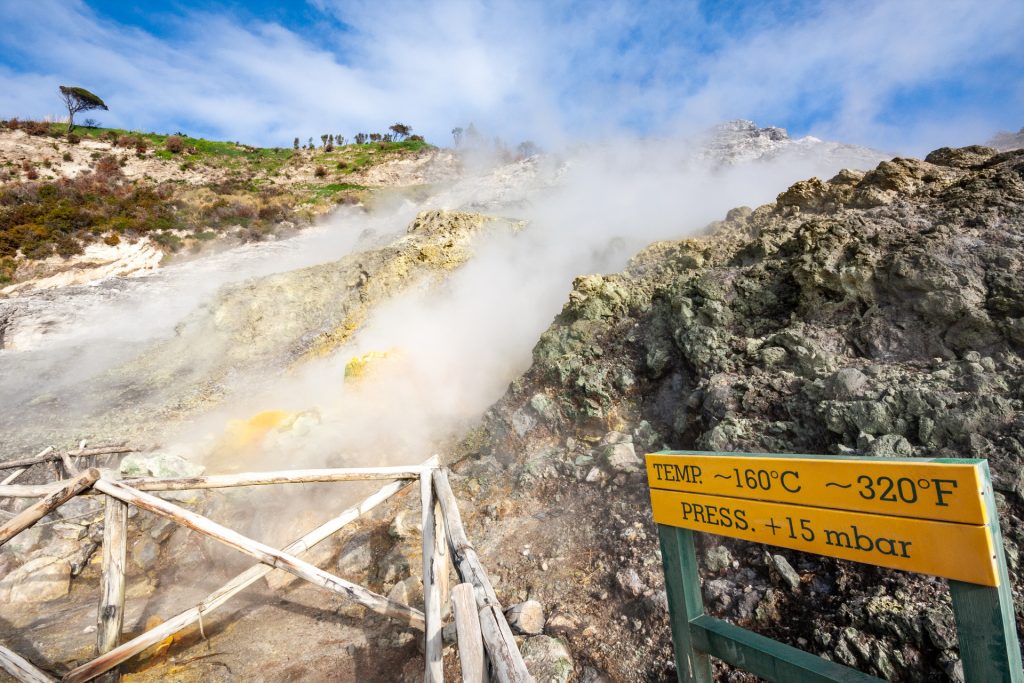Campi Flegrei Sees Highest Seismic Activity in 40 Years
Others are reading now
Supervolcanoes are among the most closely monitored geological formations on Earth.
Even minor changes in their activity can trigger widespread concern, especially in densely populated areas. In Italy, the recent surge in earthquakes near the Campi Flegrei caldera has scientists and residents on edge.
Intense Seismic Activity in Campi Flegrei
A powerful earthquake swarm has struck the region of Campi Flegrei, near the town of Pozzuoli, registering more than 500 tremors in just a few days.
According to Tech WP, experts say this is one of the most significant seismic events in the area in the past four decades. While most of the tremors have been minor, two larger earthquakes reached a magnitude of 3.9, leading to school closures and prompting some residents to sleep in their cars out of fear.
Also read
Does This Signal an Impending Eruption?
Despite the intense seismic activity, scientists say this does not necessarily indicate an imminent eruption.
Campi Flegrei, which last erupted in 1538, experiences periodic earthquake swarms. Bartłomiej Krawczyk, a volcanology expert, explains that while this swarm is particularly long-lasting and intense, it is still within expected geological patterns.
The possibility of a hydrothermal explosion in the Solfatara crater remains, but predicting its timing is difficult. Italian authorities continue to monitor the situation closely.
Seismic Unrest Across Southern Europe
Beyond Italy, other regions in southern Europe are also experiencing heightened volcanic and seismic activity. Mount Etna in Sicily has seen lava flows reaching 1,850 meters in altitude, while Greece’s Santorini and Amorgos islands have been shaking for weeks.
Though these events may seem connected, scientists say they are likely independent phenomena. The ongoing activity highlights the need for continued research into the complex interactions between Earth’s volcanic and seismic systems.








